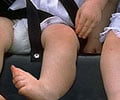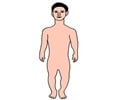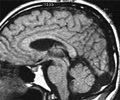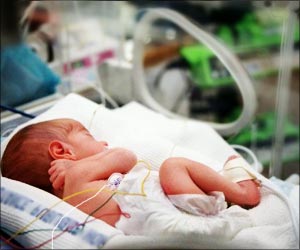A new study has found a significant association between recreational drug use during pregnancy and birth defects.

Evidence of drug use was found in a significantly higher proportion of women whose babies were born with brain birth defects (35%), compared to women whose babies were normally formed (13%). Brain birth defects included brain anomalies other than spina bifida, such as brain cysts and under-development of the brain. These can have severe consequences and lead to lifelong conditions such as cerebral palsy.
"Our findings suggest a link between brain birth defects and recreational drug use in expectant mothers," Dr Anna David of the UCL Institute for Women's Health, lead author of the study and Consultant in Fetal Medicine at UCLH. "We were unable to identify significant links between specific drugs and brain birth defects. Therefore I would discourage women trying to get pregnant and those in early pregnancy from taking any recreational drugs including cannabis. Since only 20 of the mothers in our study had babies with brain birth defects, a larger study of such cases is now needed to examine the links with specific drug use more closely."
The study set out to investigate the link between drug use around the time of conception and the first trimester and a variety of birth defects. Smaller studies had suggested that drug use might be a primary risk factor for gastroschisis, a defect in the baby's belly that must be surgically repaired at birth. Other known risk factors for this abnormality include young maternal age and smoking. This larger study showed that the young age of the mother rather than recreational drug use was identified as the primary risk factor for gastroschisis. But for brain defects, drug use was a primary risk factor after taking into consideration the mother's age and use of tobacco and alcohol. Larger studies are now needed to investigate the link between the types of drug use and brain birth defects.
"Current evidence linking recreational drug use with birth defects is patchy as it relies on self-reporting which can be unreliable," explains Dr David. "Our anonymised hair testing offers an objective measure of recreational drug use and showed that it is common in pregnancy. The risks of alcohol and tobacco in pregnancy are relatively well-researched, and we hope that research into drug use will catch up now that we have demonstrated its relevance to babies' health and development."
Researchers took hair samples from consenting mothers, which were then tested for evidence of recreational drug use. The laboratory performing the drug tests were not given access to patient clinical data and all results were anonymised.
Advertisement
Advertisement















